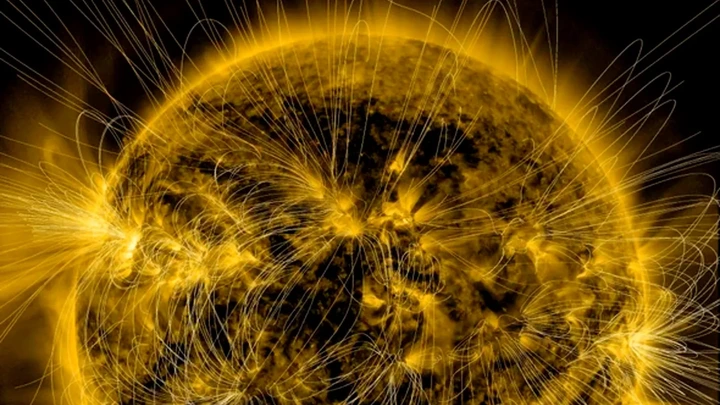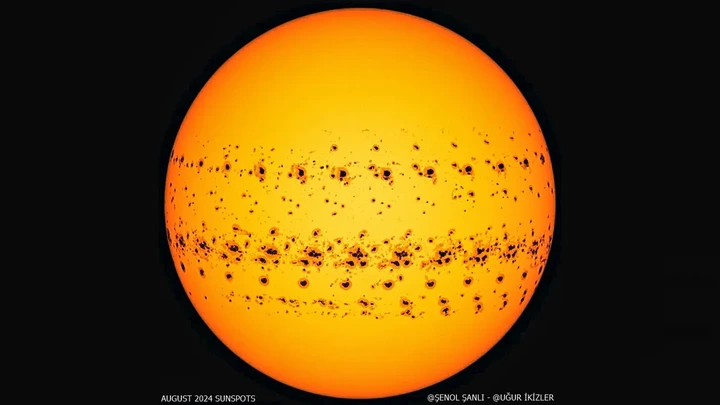In 2024, X-class solar flares reached unprecedented levels and may increase even more this year; however, experts suggest that the sun isn't solely responsible for this phenomenon.
In 2024, the occurrence of X-class solar flares reached levels not seen in over thirty years. This surge was primarily attributed to the onset of solar maximum, although various other influences contributed to this increase as well.

View pictures in App save up to 80% data.
The number of X-class solar flares — the most powerful and potentially dangerous class of solar eruption — hit a new record high in 2024. The spike highlights that we are currently experiencing a surprisingly active solar maximum, which could continue to intensify this year.
However, experts informed Live Science that solar activity might not be the sole factor contributing to the dramatic increase in the number of supercharged solar explosions observed last year.
There were a total of 54 X-class flares in 2024, according to SpaceWeatherLive.com, which maintains the oldest and most accurate publicly available dataset on solar flares. That is the highest total since at least 1996, when this dataset began. NASA has been tracking solar flare activity since the mid-1970s, but earlier data has not been made publicly available and is less reliable than modern records, SpaceWeatherLive.com representatives told Live Science in an email.
The former highest count of X-class flares in the dataset stood at 34, noted in 2001. Additionally, there were only four other years — 2000, 2003, 2005, and 2014 — when the annual total exceeded 20. Thus, the total from last year signifies an unexpectedly significant increase in the occurrence of X-class flares.

View pictures in App save up to 80% data.
The effects of the more frequent X-class flares were widely felt on Earth in 2024. For example, in May, a quickfire succession of at least four X-class flares launched clouds of plasma, known as coronal mass ejections (CMEs), that slammed into Earth and sparked the strongest geomagnetic storm in 21 years, which in turn triggered some of the most vibrant and widespread aurora displays in our skies over the last 500 years.
What caused the significant increase in X-class flares last year?
Heightened solar activity
The obvious reason for the increased frequency is the arrival of solar maximum. This peak in the sun's roughly 11-year cycle of activity, which is triggered by the weakening and eventual flipping of the sun's magnetic field, has been surprisingly active so far and is expected to continue well into 2025 and possibly beyond.
In October 2024, scientists from NASA and the international Solar Cycle Prediction Panel (SCPP) announced that we have entered solar maximum and that the explosive peak likely started early last year, which was sooner than they had initially predicted.
The ongoing maximum has also proved to be more active than most scientists had initially forecast. For example, in August, the number of visible sunspots on our home star, which is a key metric for monitoring solar activity, reached a 23-year high.

View pictures in App save up to 80% data.
But the number of X-class flares has been the biggest shock for most solar physicists. "I think we have all been surprised [about the number of flares]," Hugh